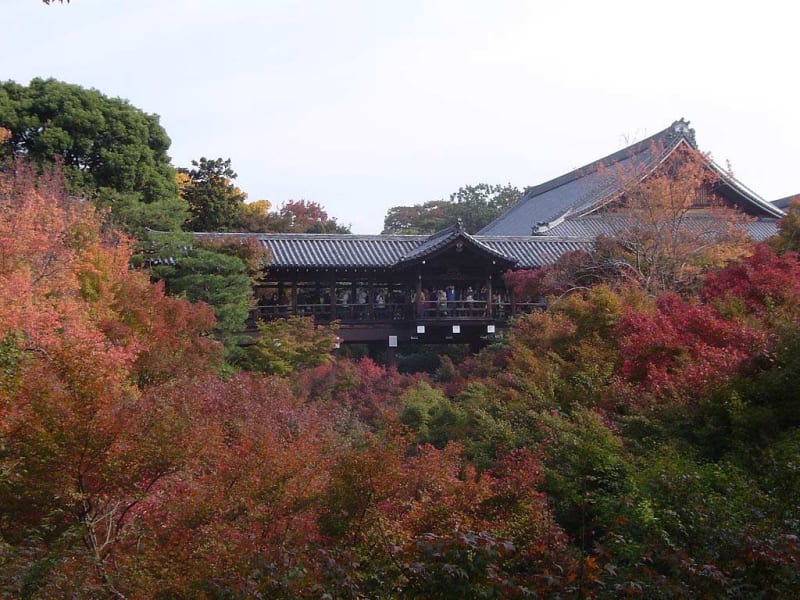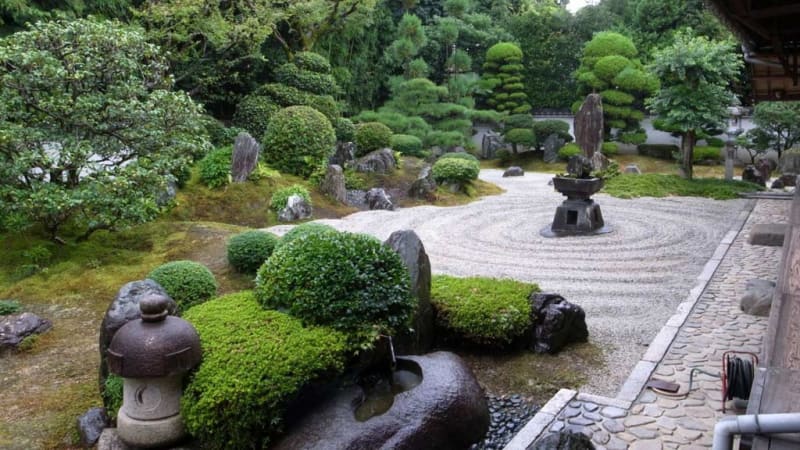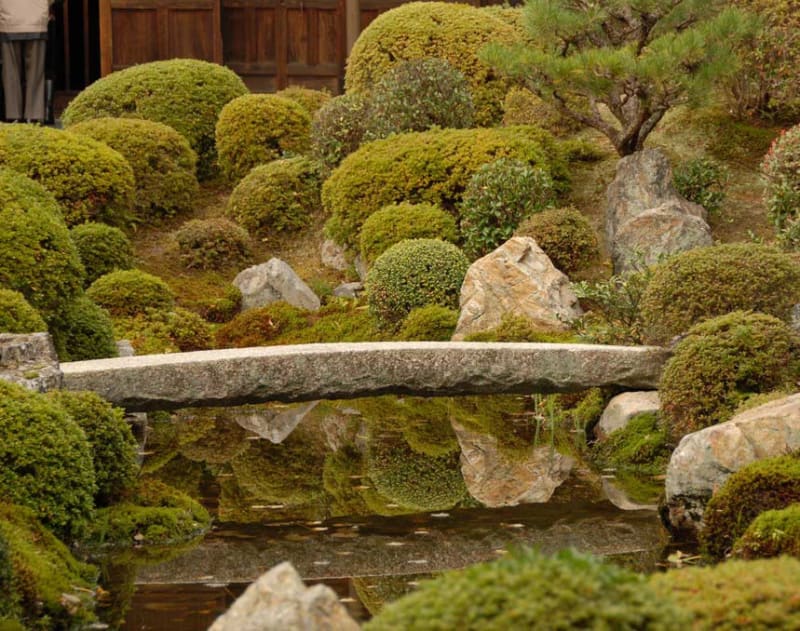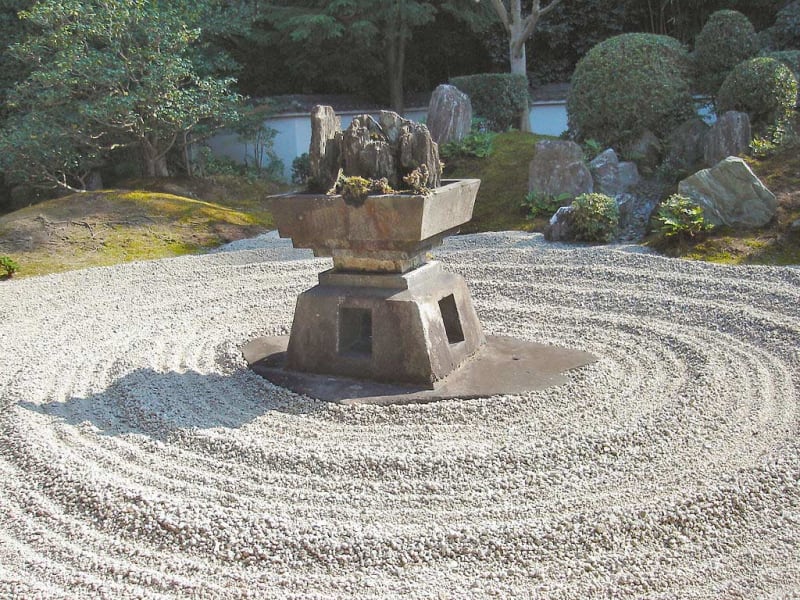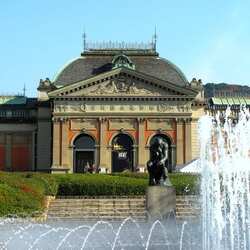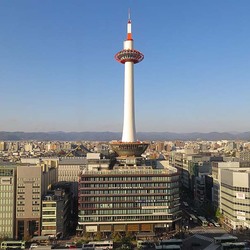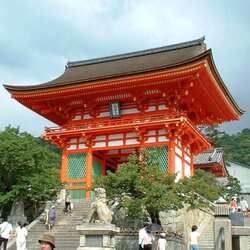Tofuku-ji
Tofuku-ji is a Buddhist temple complex in the southeast of Kyoto, Japan. The temple was founded by monk Annie in 1236. The temple belongs to the Rinzai Zen school. The name of the temple is combined from the names of the largest temples in Nara - Kofuku-ji and Todai-ji.

Temple Tofuku-ji was built on the instructions of Kujo Michiie, a prominent Japanese politician of the Kamakura era. The gate of the Sammon Temple is the oldest of the gates of Zen temples in Japan and is a national treasure. The height of the building is 22 meters. The entire temple complex includes 24 temples, although previously there were 53, many buildings have not been preserved. The temple is famous for its maple trees, the red leaves of which become very picturesque in autumn.
There are many gardens on the territory of the Tofuku-ji temple complex, the largest of which are the Northern, Southern, Western, Eastern and Hojo Gardens. All parks are designed in different styles and directions. In fact, these gardens were created anew by the garden designer Shigemori Miray in 1939. Shigemori Mirei came to realize that the true path of true creativity is not blindly repeating what has already been done before, but creating his own vision.
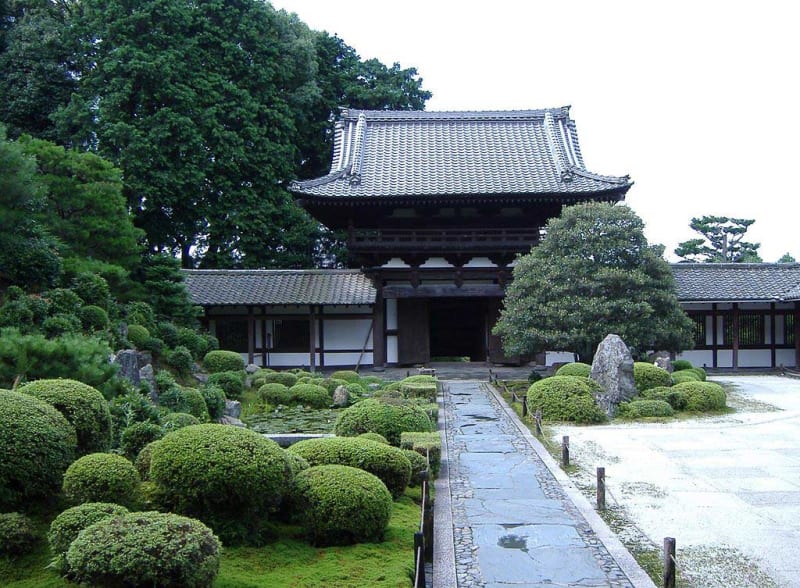
- The Northern Garden is a rectangular area on which moss curtains and square stone tiles are arranged in a checkerboard pattern. There are low clipped shrubs along the edges of the site.
- The Southern Garden is a rock garden consisting of 4 groups of stones and boulders located on a gravel area. In the extreme right corner of the western side there are five moss-covered "mountains" and a single bonsai in a regular upright style.
- The western garden is a combination of azalea bushes formed in the form of parallelepipeds, individual plantings of shrubs and garden bonsai and "lawns" made of moss.
- The Oriental Garden is a rock garden. Seven cylindrical gray stones with different heights are placed in such a way that they repeat the position of the stars in the constellation Ursa Major. These stones were originally used as foundation stones in various temple buildings. The stones are located on a typical field of rubble.
- Hojo Garden is a rock garden near the building where the temple servants live. The garden is a combination of azalea bushes formed in the form of low parallelepipeds with a square base, located on a gravel "field" and a "lawn" of moss.
Shigemori literally painted the playground with abstract flowing configurations, making them out of gravel in black, white, and several shades of gray. This original technique is reminiscent in its own way of the shades of monochrome ink painting, which occupies an important place in the spiritual and artistic practice of Zen. To keep the coloristic effect unchanged, the author applied an innovation in the form of semicircular stone rollers separating the color zones. Stones of different sizes are also dynamic – horizontal, in the form of sharp peaks, and elongated verticals, which, together with the active monochrome graphics of the plane, create a feeling of intense movement.
